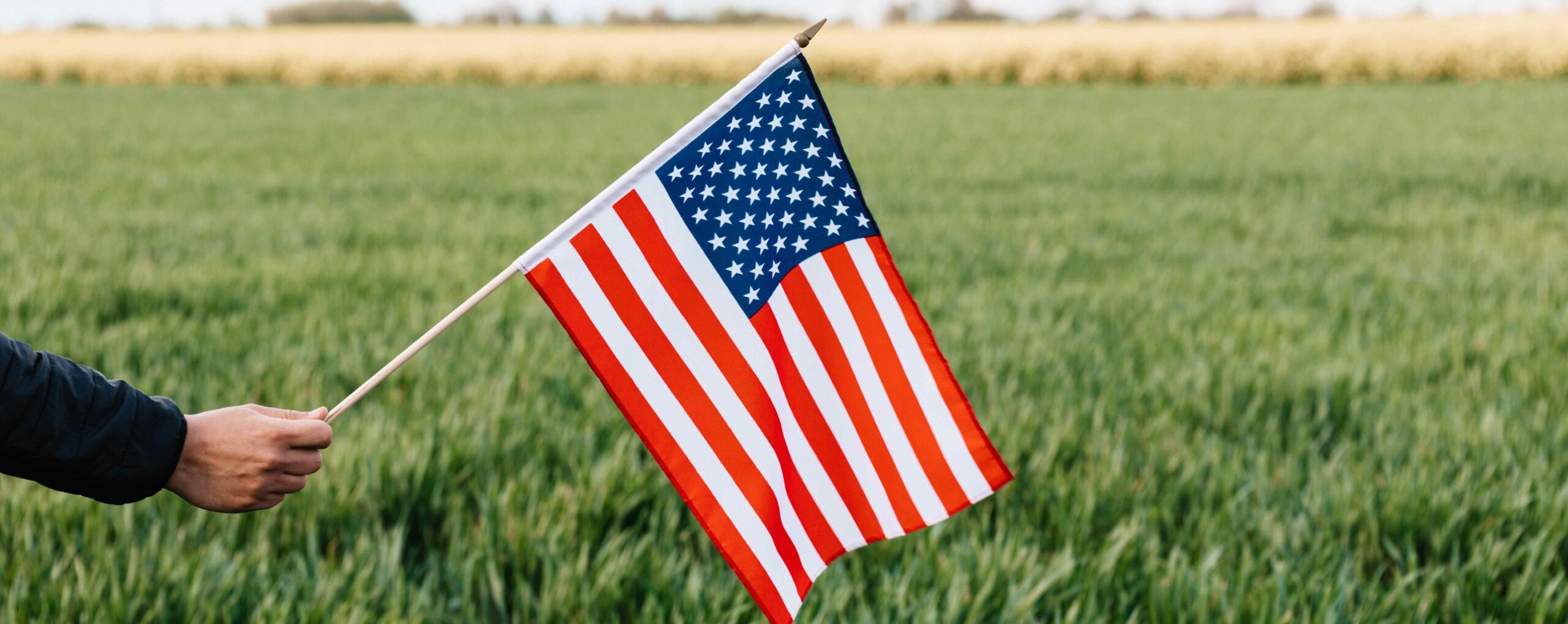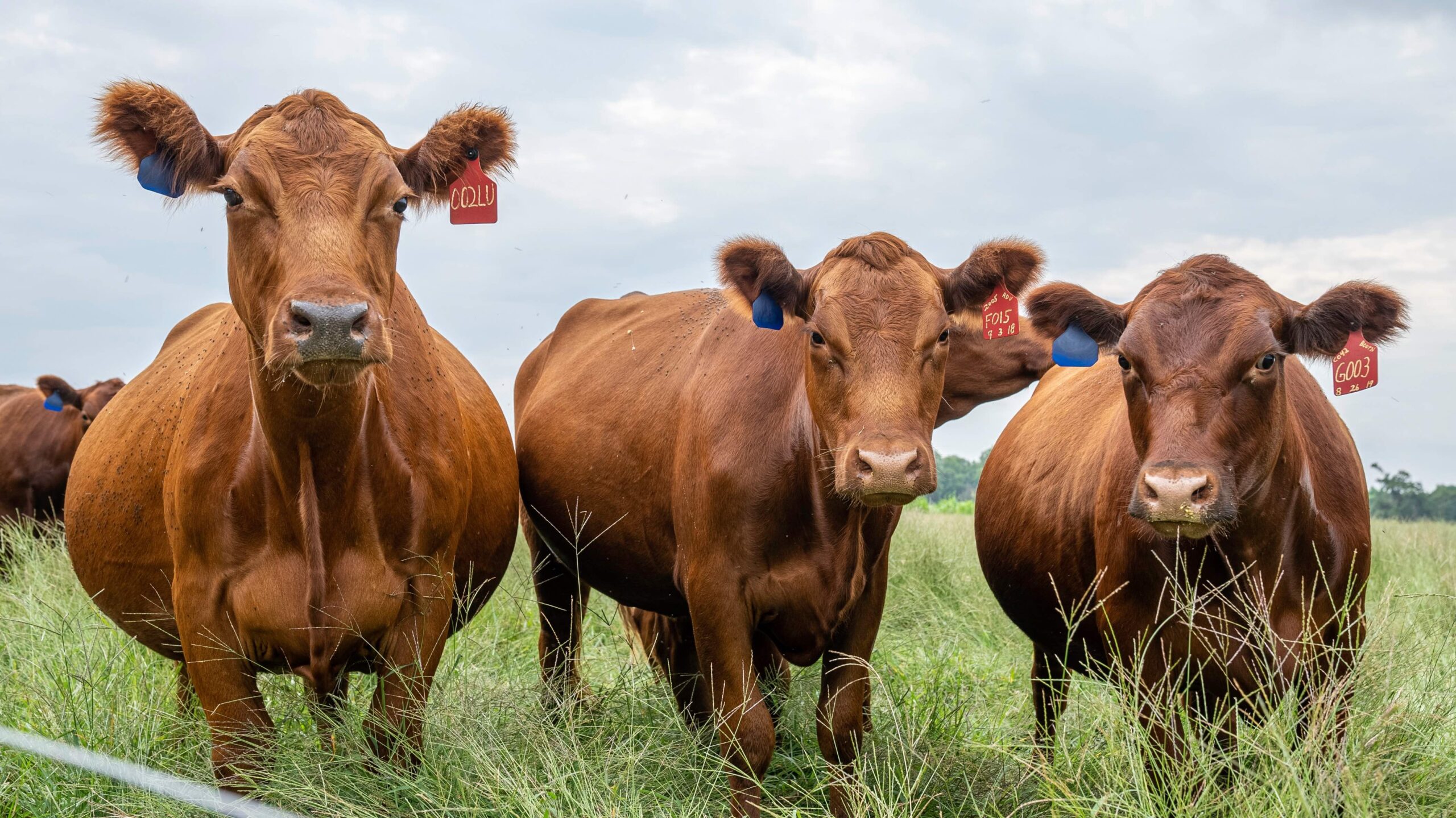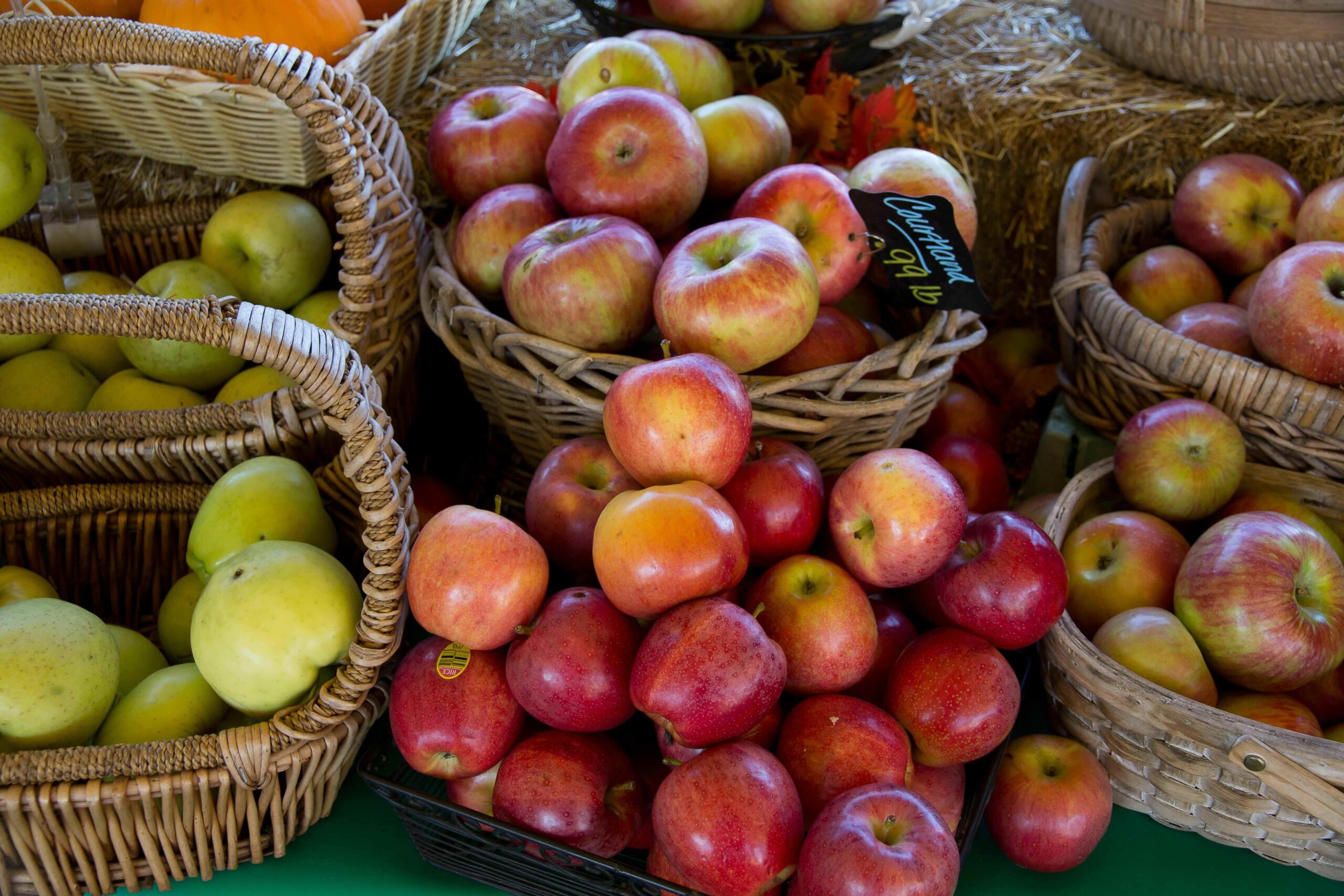Japan is one of the largest beef importing countries in the world and stands out among major destinations for the U.S. In 2023, U.S. beef exports totaled $10 billion, with nearly $2 billion going to the Japanese market. This was only surpassed by exports to South Korea ($2.1 billion). However, Japan has been the leading U.S. market until recent years (USDA, 2024). It was not long ago when U.S. beef was outright banned in Japan due to BSE concerns (2004-2006) and was still somewhat restricted even after the ban was lifted (Muhammad et al., 2016). However, since then, the U.S. has been regaining market share and is once again the leading supplier of imported beef in Japan. This article focuses on the success of U.S. beef in Japan, highlighting the competition between the U.S. and Australia. Japanese beef imports have been relatively split between the U.S. and Australian beef – together, both account for around 80% of Japan’s total imports. Interestingly, the U.S. and Australia have similar but competing trade agreements with Japan: the U.S.-Japan Trade Agreement (USJTA) and Comprehensive and Progressive Agreement for Trans-Pacific Partnership (CPTPP) and face near identical reductions in beef tariffs since January 2020.
Annual quantity shares for beef exporting countries in Japan (e.g., Australia, U.S.) are reported in Figure 1. Import quantities have not significantly changed since 2000, and recent highs in export values (e.g., $4.9 billion in 2022) were mostly due to relatively higher prices (Trade Data Monitor®, 2024). Since quantities have been relatively unchanging, the change in shares reported in the figure reflects substitutions across countries. Prior to the BSE ban in 2004-2006, U.S. beef accounted for more than 50% of Japanese beef imports but decreased to almost 0% during the BSE ban period. Since 2006, however, the U.S. beef share has steadily increased to around 40% by 2017, peaking at 44% in 2020 when the USJTA entered into force, while the share for Australia decreased from more than 80% in 2006 to 41% by 2020. It is important to note that the declining share for Australia starting in 2018 was also due to increased exports from countries other than the U.S.
In terms of value, the U.S. currently exports significantly more to Japan than Australia. For instance, in 2022, when U.S. beef exports reached a record high of $2.3 billion, Australia exported only $1.6 billion. Noted reasons for higher U.S. values include the following: relatively higher prices for grain-fed U.S. beef; the fact that the U.S. mostly exports brisket, plate, chuck, and round, whereas Australia mostly exports chuck, round, loin, and other cuts; and the U.S. dominates the beef offal market in Japan where chilled offal (internal organs and cheek meet) and frozen beef tongue sell anywhere from 50% to 100% more than the traditional muscle cuts and beef product (Trade Data Monitor®, 2024).
Figure 1. Quantity shares of Japanese beef imports by exporting country: 2000–2023

Source: Trade Data Monitor® (2024)
References
Muhammad, A., K.E.R. Heerman, A. Melton, and J. Dyck. 2016. Tariff Reforms and the Competitiveness of U.S. Beef in Japan. LDPM-259-01. Economic Research Service, U.S. Department of Agriculture. https://www.ers.usda.gov/publications/pub-details/?pubid=37650
U.S. Department of Agriculture (USDA). 2024. Global Agricultural Trade System. Foreign Agricultural Service. https://apps.fas.usda.gov/gats/default.aspx
Trade Data Monitor (2024). https://www.tradedatamonitor.com/
Muhammad, Andrew. “Unpacking the Success of U.S. Beef in Japan.” Southern Ag Today 4(20.4). May 16, 2024. Permalink










